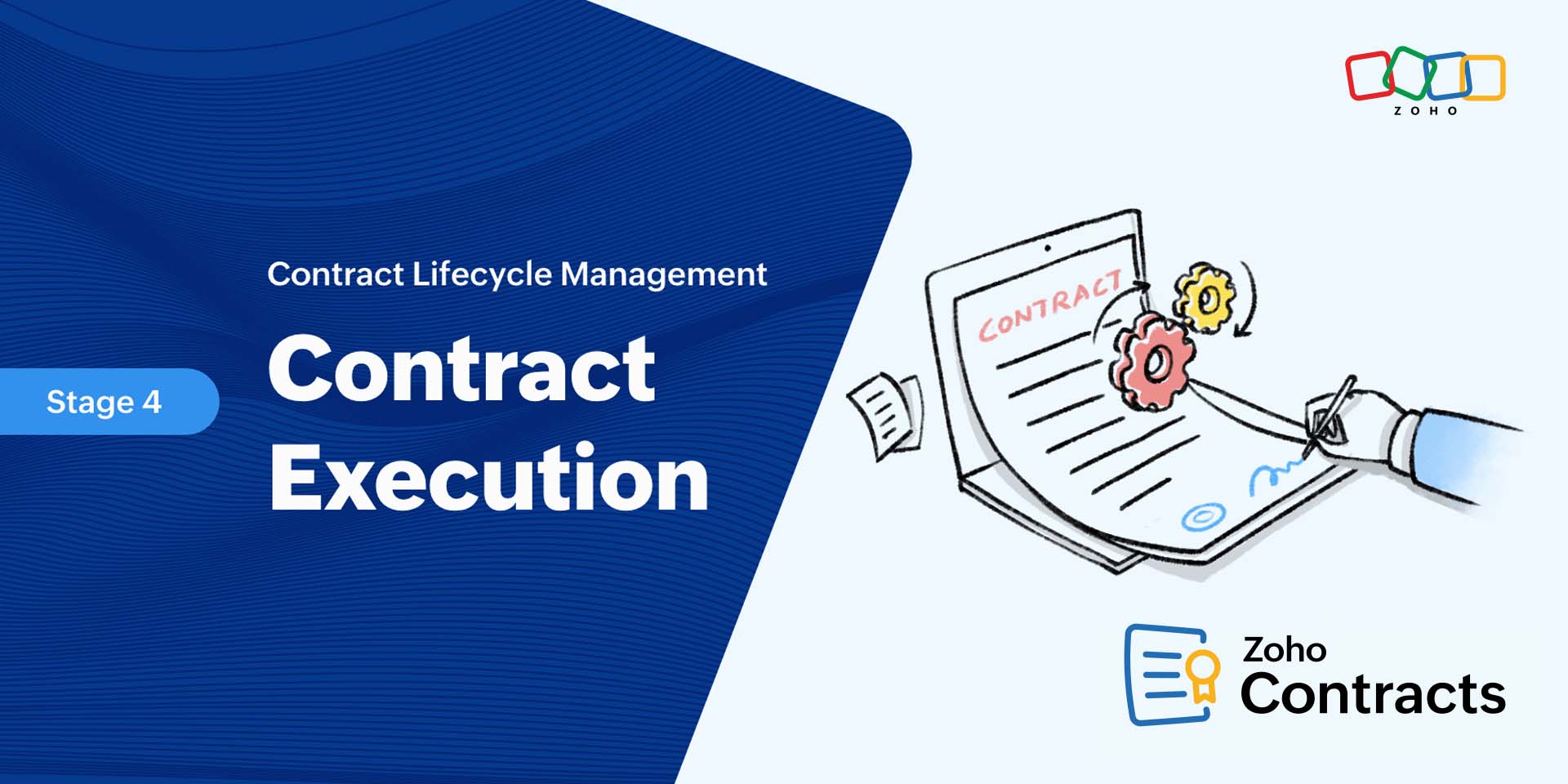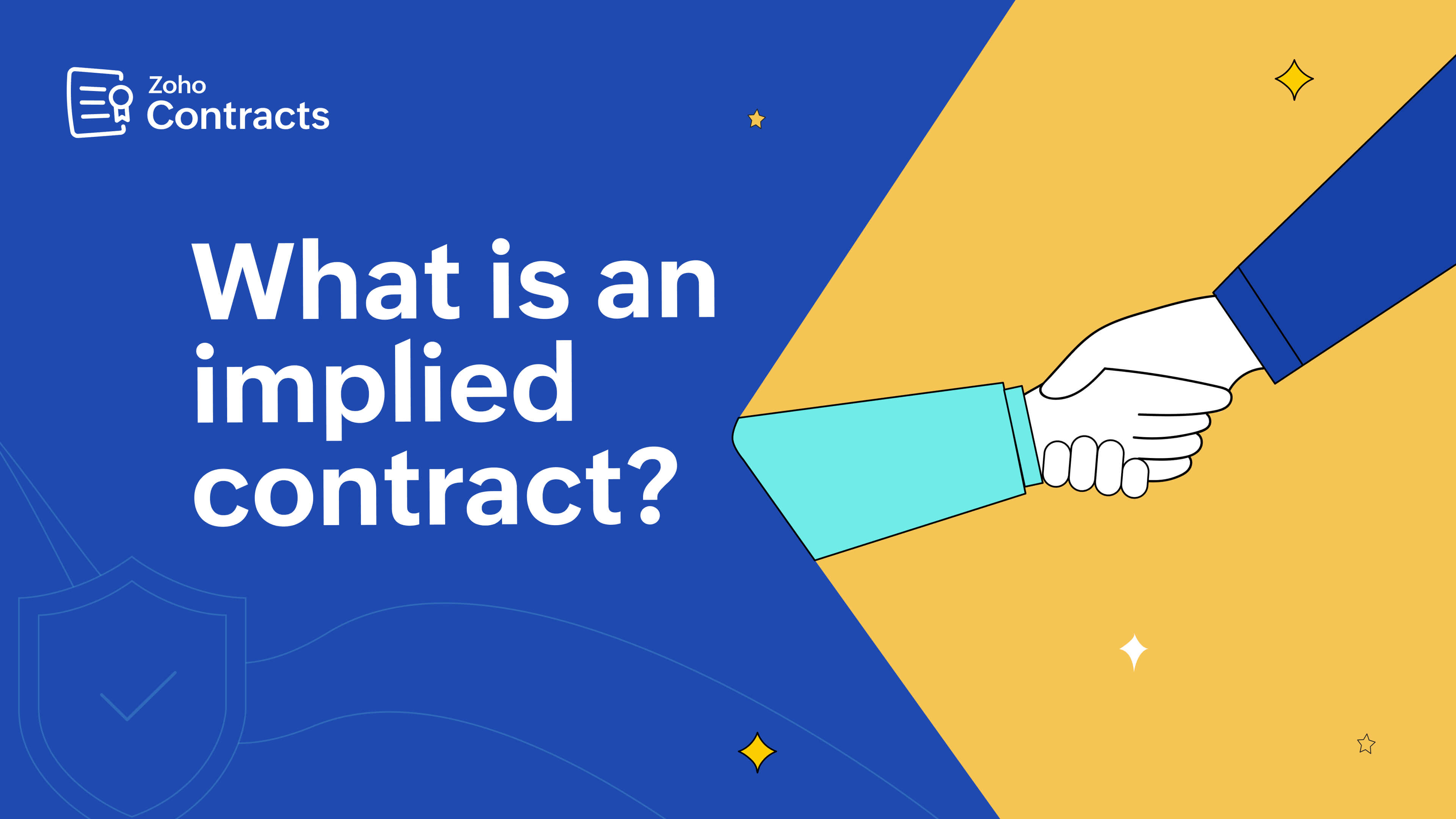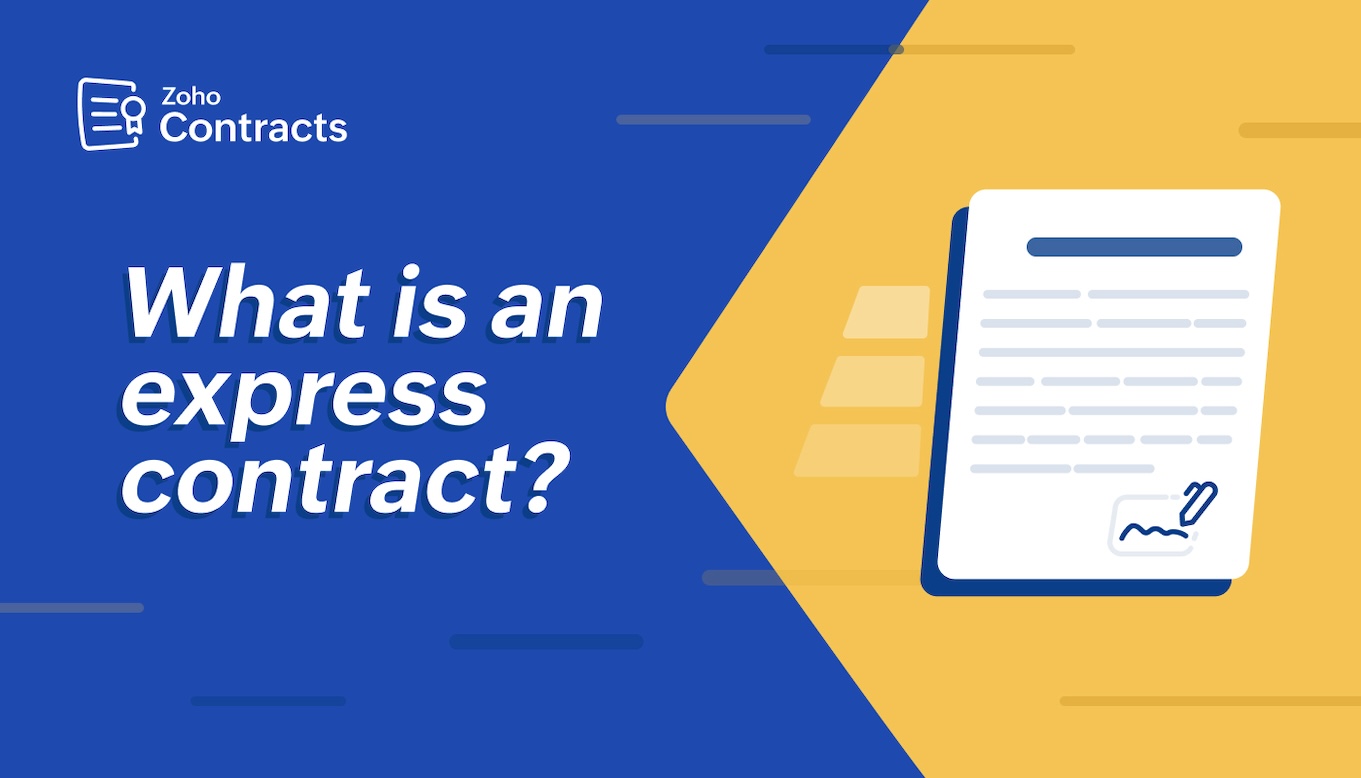- HOME
- Contract Management
- Contract Execution: Stage 4 of Contract Lifecycle Management
Contract Execution: Stage 4 of Contract Lifecycle Management
- Last Updated : December 6, 2023
- 623 Views
- 4 Min Read

Welcome to our blog series on the stages of Contract Lifecycle Management (CLM). This series intends to help you understand the key elements, potential challenges, and best practices for managing each stage of the contract lifecycle.
CLM is a process by which businesses manage their contracts through various stages. For businesses to experience a seamless CLM process, improve contract turnaround times, and gain a competitive advantage, they need to understand what happens at each stage of contract management, analyze emerging trends, and identify scopes of improvement in their current process.
Below, we’ve provided links to our previous blog posts explaining the first three stages of the contract lifecycle:
You're here to explore the fourth stage of the contract lifecycle, which is contract execution.
What is contract execution?
The contract execution stage in a typical contract lifecycle is where the involved parties agree on all of the terms of a contract and execute it to make it legally enforceable. To execute a contract, a contract owner sends the contract document to authorized representatives from involved parties and obtains their signatures. Contract signing can be done either physically (wet signature on physical paper) or digitally (electronic or digital signatures). A signed and executed contract legally binds the parties to the contract terms.
Why is contract execution important?
After successfully negotiating and finalizing a contract, it's important to sign and execute it at the earliest opportunity to authenticate its validity and enforceability. Failing to sign a contract makes the contract invalid and affects the legal rights of the involved parties.
With contracts clearly defining the obligations of each party, the rights they’re entitled to, and consequences for non-compliance, signing them:
Indicates acceptance of the contractual terms.
Ensures certainty and accountability.
Makes it effective and legally enforceable.
What are the different ways of signing a contract?
Pen: This is the traditional method of signing a contract document. In this method, both parties sign the same hard copy of a contract.
Print, sign, and fax: The printed copy of a contract is signed physically and faxed to the other party. The modern alternative to faxing is scanning and emailing a contract.
Draw signature or upload signature image: With the advent of the digital age, the recipients can now sign contracts either by drawing their actual signature on a digital pad or scanning a picture of their signature and uploading it as a digital file into the system.
Electronic signature: Electronic signature, or e-signature, enables signatories to sign digital contracts securely by simply typing their names in the appropriate fields. This empowers businesses to sign their contracts effortlessly from anywhere at anytime.
Click-wrap: This signature method is as simple as clicking a button or checking a box verifying "I Agree" on the document. By clicking, the recipients confirm that they agree to the terms and conditions. Websites often use this method when they require user permission to perform specific actions.
Why execute contracts using electronic or digital signatures?
In the past, when most contracts were physical paper documents, contract execution happened via wet signatures. When executing contracts using handwritten physical signatures, businesses face several challenges, including:
Prolonged turnaround times.
Security vulnerabilities.
High execution costs.
Now, with businesses around the globe digitizing their contracts and automating the contract management process, digital signatures and e-signatures are becoming the norm. Because digital signatures are now globally recognized and legally enforceable, companies of all sizes are making the switch. The pandemic has further accelerated this trend.
The ESIGN Act of 2000 addresses e-signature as the most secure, convenient, and reliable way to execute contracts.
Digital signatures or e-signatures or for contracts benefit businesses because they:
Empower businesses to sign contracts anywhere, anytime.
Improve contract turnaround time by eliminating the email, print, sign, and fax cycles.
Enhance security by incorporating military-grade encryption and fool-proof algorithms.
Ensure better compliance and reliability.
Reduce operational costs.
The adoption of e-signatures and digital signatures is rapidly increasing and pervading across all industries. Most CLM solutions today come with a native e-signature solution or third-party integrations for contract execution.
How does CLM software simplify the contract execution process?
In addition to the benefits described above, employing CLM software for e-signing contracts simplifies that process in the following ways.
Configurable execution workflows: Once the parties agree to all of the contractual terms, CLM software allows contract owners to add signers, set a signing order, and configure an execution workflow. Based on the number of signatories added, contract owners can also edit the contract footer to add signature placeholders. Further, when the contract owner sends the contract for signature, the software will automatically notify the related signatories based on the associated execution workflow. This ensures a seamless contract execution.
Signature activity tracking: After sending a contract for signature, the CLM solution allows contract owners to view all signature activities contextually and send reminders, or recall the signature request if required. This provides better control over execution and ensures timely contract execution.
Effortless online e-signing: When a contract owner sends a contract for signature, the signers associated with that contract will receive an email with a link to sign the contract. By accessing the link, signers can easily e-sign the contract and execute it in minutes. Digital or e-signatures for contract execution ensure a secured process with improved contract turnaround times.
Wrapping up
Our next blog post in this series is about obligation management and how a CLM solution helps fulfill obligations in a timely manner and mitigates business risk.
If you want to experience Zoho Contracts' features, such as signature workflows, activity tracking, and online e-signing, sign up for a free trial or request a demo today.
 Heleena
HeleenaHeleena is a writer based in Chennai, India.


